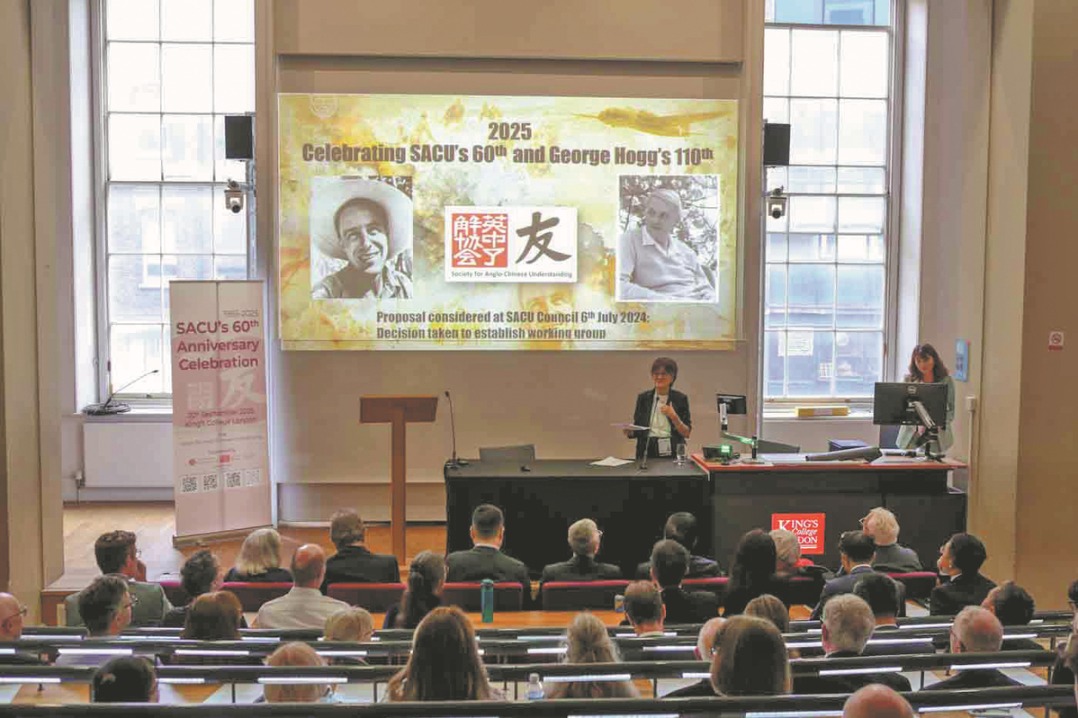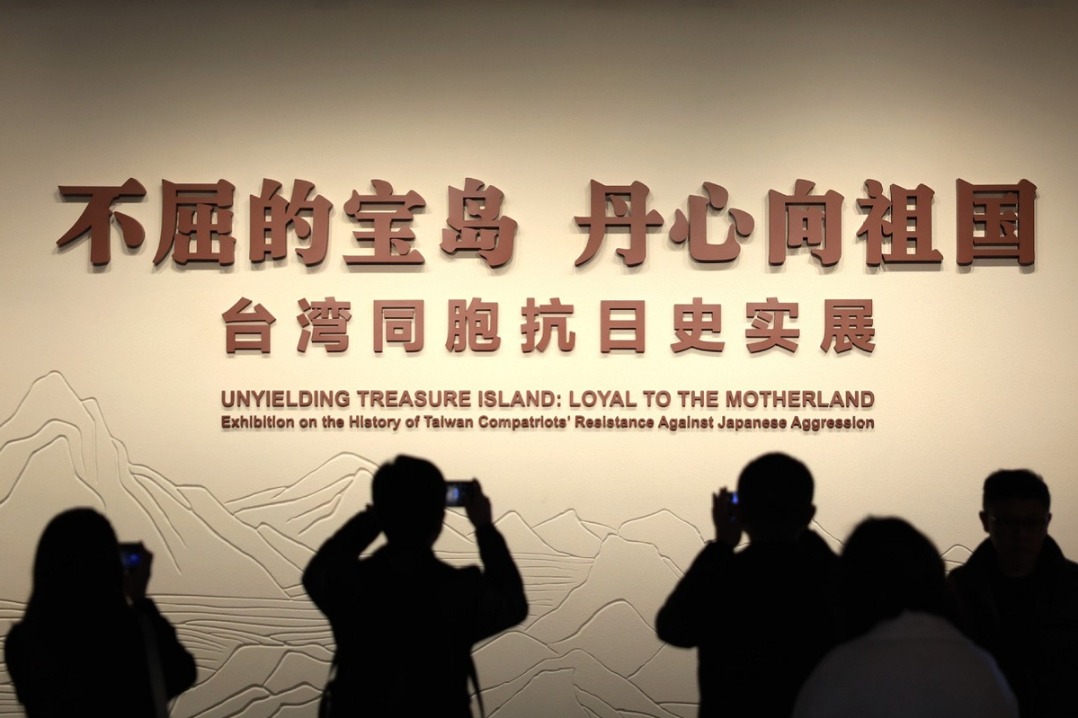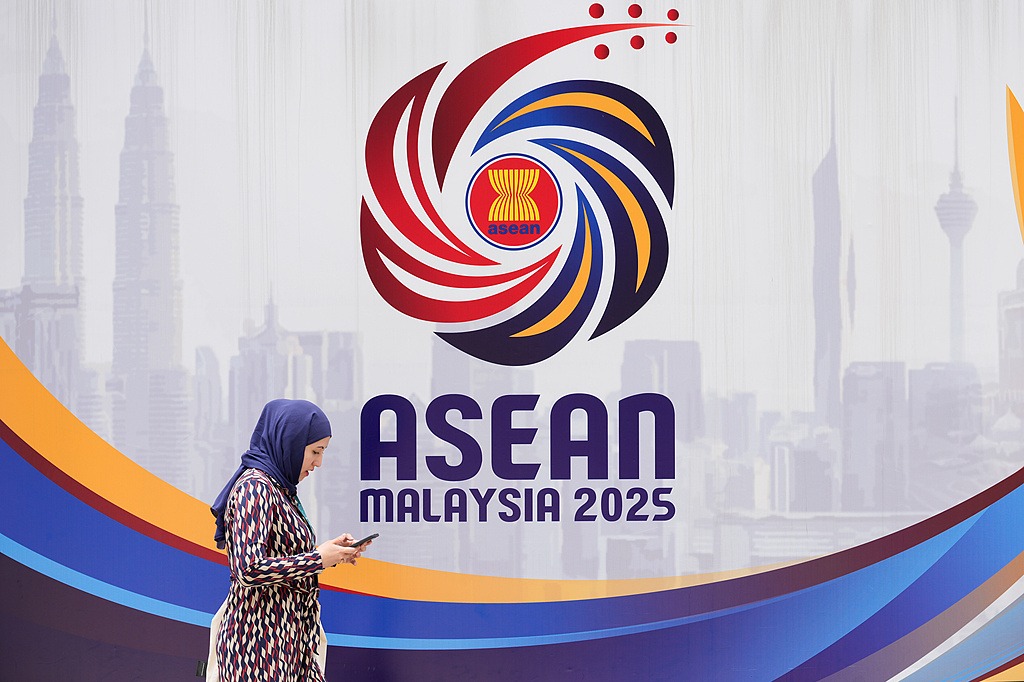High-quality development linchpin of new plan: China Daily editorial

The strategic focus on high-quality development as the cornerstone of economic and social progress was made evident in the recommendations for the formulation of the 15th Five-Year Plan (2026-30) adopted by the 20th Communist Party of China Central Committee at its fourth plenary session.
The session highlighted the importance of cultivating new quality productive forces tailored to the specific conditions of different localities. Each region is to identify its unique strengths and leverage them to drive innovation and sustainable growth. This will not only encourage regional development but also help narrow the disparities between urban and rural areas, fostering a more equitable economic landscape.
The recommendations draw on lessons from the transformative trajectory of the 14th Five-Year Plan (2021-25). During this period, China made remarkable progress in its high-tech sector, with significant breakthroughs made in artificial intelligence, robotics and quantum computing, positioning the nation as a major player in global technological innovation.
The emphasis on high-quality development has facilitated the transformation and upgrading of traditional industries while fostering the rise of emerging, future-oriented sectors. This approach is pivotal for China's continued economic growth and social progress as outlined in the focuses for the drawing up of the 15th Five-Year Plan.
The integration of digital technologies across various industries has been a key component of this transformation. The widespread adoption of AI, big data, and the internet of things is enhancing productivity and efficiency in sectors ranging from agriculture to finance. The government's support for digital infrastructure, including the expansion of 5G networks and investment in next-generation technologies, is creating a robust foundation for innovation.
Moreover, China's commitment to international cooperation and global partnerships is playing a significant role in its development strategy. Through the Belt and Road Initiative, China is investing in infrastructure projects across Asia, Africa and Europe, facilitating trade and economic integration. These efforts are not only helping to build stronger economic ties but also promoting cultural exchanges that foster mutual understanding among participating countries.
China's proactive approach to addressing climate change is another critical aspect of its development strategy. The country has set ambitious targets for reducing carbon emissions and increasing the use of renewable energy. By investing in clean energy technologies and implementing policies to reduce pollution, China aims to contribute actively to global sustainability and share experience in green development. This includes significant investments in solar, wind and hydroelectric power, as well as advancements in electric vehicle technology. China's focus on green technology not only addresses environmental concerns but also opens up new economic opportunities for emerging industries.
On the international stage, China is also actively participating in global climate agreements and dialogues, such as the Paris Agreement, to collaborate on solutions that address global environmental challenges. By taking an active role in these efforts, China is contributing to global green transition.
China's multifaceted approach to high-quality development — emphasizing technological innovation, sustainable practices, education, and international cooperation — illustrates its commitment to building a prosperous future for itself and promoting common development of the world. As the country continues to navigate its path forward, the 15th Five-Year Plan will be instrumental in shaping its role in the global community, fostering economic growth and ensuring long-term sustainability.
































